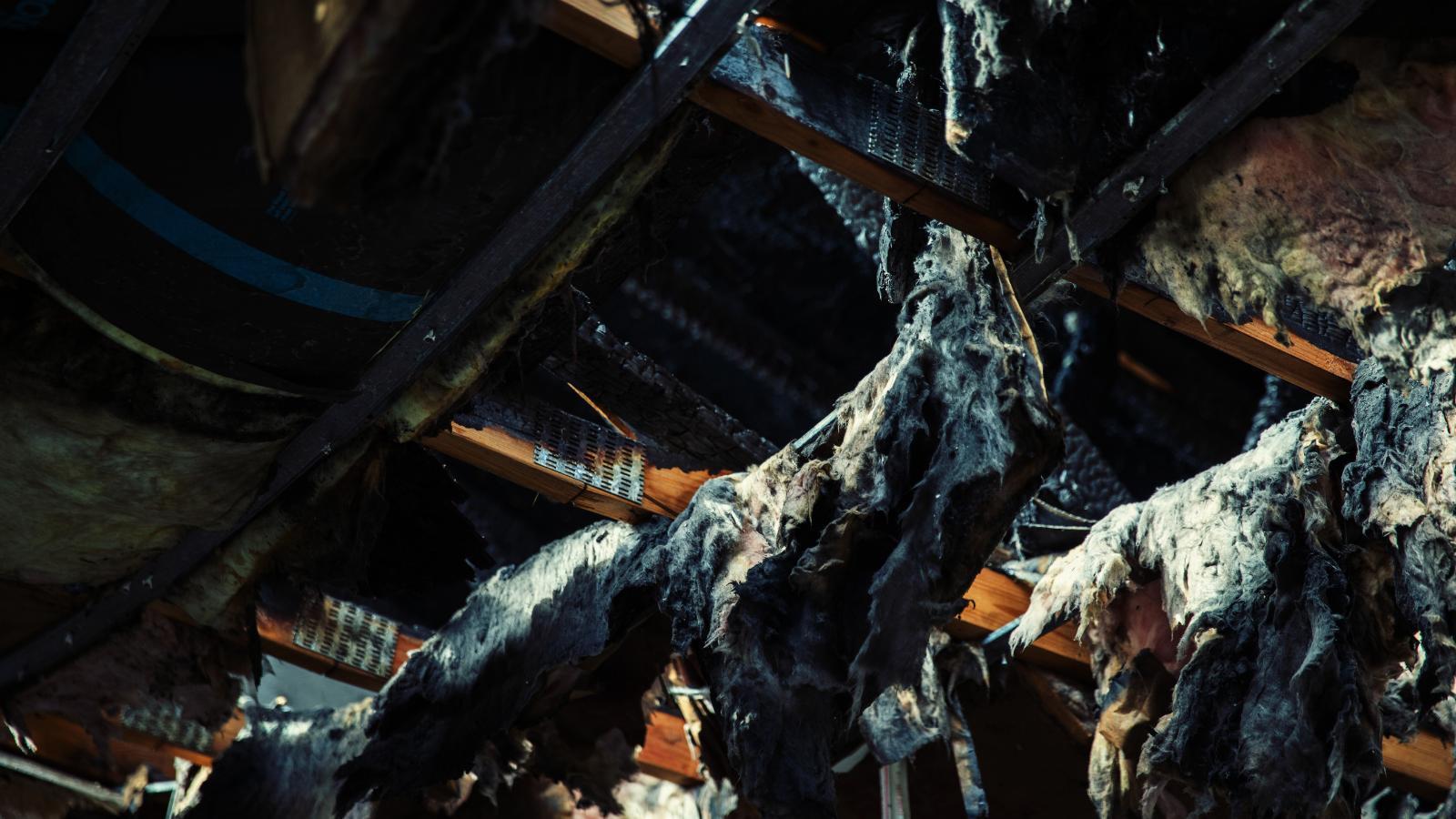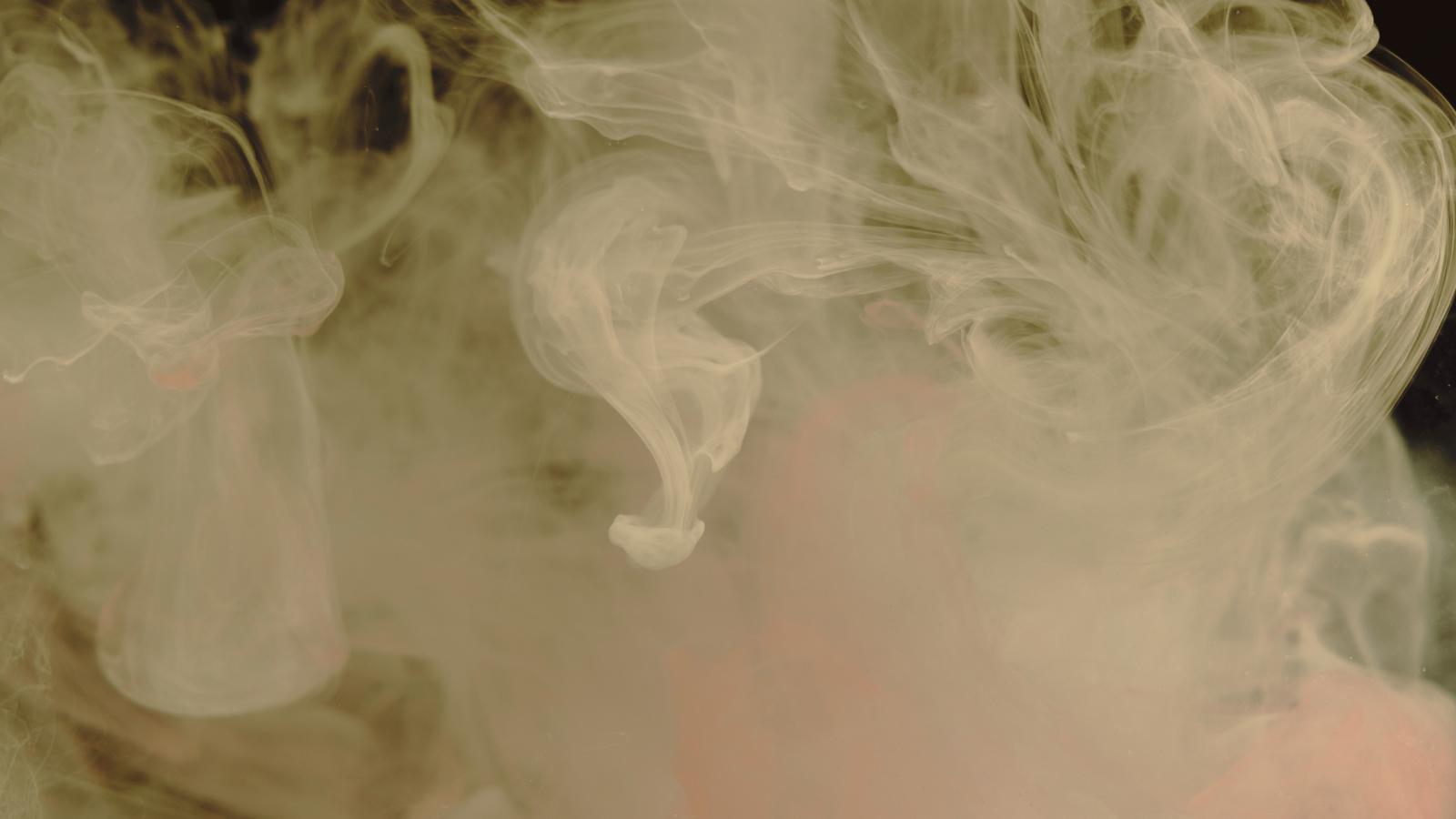How Hotels and Resorts Can Prepare for and Recover from Fire Damage
A fire at a hotel or resort doesn’t just threaten property. It puts guest safety, your revenue, and your reputation at serious risk. Whether it's...
3 min read
Sarah Chadwick
September 5, 2023

Fires can cause extensive damage to your property and belongings, but the good news is that the majority of these incidents can be avoided. To help you safeguard your office building, CRC has compiled a comprehensive list of common causes and preventive measures. According to the National Fire Protection Association (NFPA), the leading causes of structure fires in office buildings are as follows:
The improper use or negligence while cooking can lead to dangerous fires in office kitchens and break rooms. Ensure that all cooking appliances are operated correctly and avoid leaving them unattended. Keep flammable materials away from the cooking area, and in case of a grease fire, use a fire extinguisher specifically designed for grease fires or cover the pan with a lid to smother the flames.
Faulty electrical equipment, overloaded outlets, or damaged wiring can trigger electrical fires. Regularly inspect electrical systems, outlets, and cords for signs of wear or damage. Avoid using multiple appliances on a single outlet and opt for UL-approved extension cords when necessary. If you notice unusual smells, sounds, or sparking from electrical devices, discontinue their use and seek professional assistance.
Heating equipment, such as furnaces and portable heaters, can be a source of fires if not maintained properly. Regularly inspect and clean heating systems, and ensure that combustible materials are kept at a safe distance from heat-generating appliances. When using space heaters, place them away from flammable items and never leave them unattended.
Unfortunately, intentional fires, such as arson, are a leading cause of fires in office buildings. Implementing security measures, restricting access to sensitive areas, and installing surveillance systems can help deter such incidents.
Careless disposal of smoking materials like cigarettes, cigars, or pipes can lead to devastating fires. Designate specific smoking areas away from the building and ensure that all smoking materials are extinguished properly. Provide sturdy ashtrays and dispose of ashes safely.
Exposure fires occur when a fire starts in one building and spreads to adjacent structures. To minimize the risk of exposure fires, construct buildings with adequate fire-rated barriers and ensure proper spacing between buildings.
Office buildings are filled with various electronic devices that can potentially malfunction and cause fires. Avoid overloading electrical outlets, use surge protectors, and turn off equipment when not in use.
To minimize the risk of office fires and enhance overall fire safety, follow these essential preventive steps:
As a property owner, it is your responsibility to safeguard your office building from potential fire hazards. Implementing preventive measures can significantly reduce the risk of fire incidents. However, accidents can still happen, and if your building sustains fire damage, remember that CRC is here to assist you. With our swift cleanup and restoration services, we can help restore your office building back to its pre-fire condition. Don't hesitate to contact CRC immediately if you require professional assistance after a fire incident.
Remember, fire safety is a shared responsibility, and taking proactive steps can make a significant difference in safeguarding your property and the people within it. Stay informed, stay vigilant, and prioritize fire prevention to ensure the safety of your office building.

A fire at a hotel or resort doesn’t just threaten property. It puts guest safety, your revenue, and your reputation at serious risk. Whether it's...

2 min read
Fire is dangerous, that’s obvious enough, but few people understand the dangers of smoke damage after a fire. At CRC we want you and your peers to...

The holiday season is a time of joy, festivities, and togetherness. However, it also presents unique challenges for property managers in multifamily...